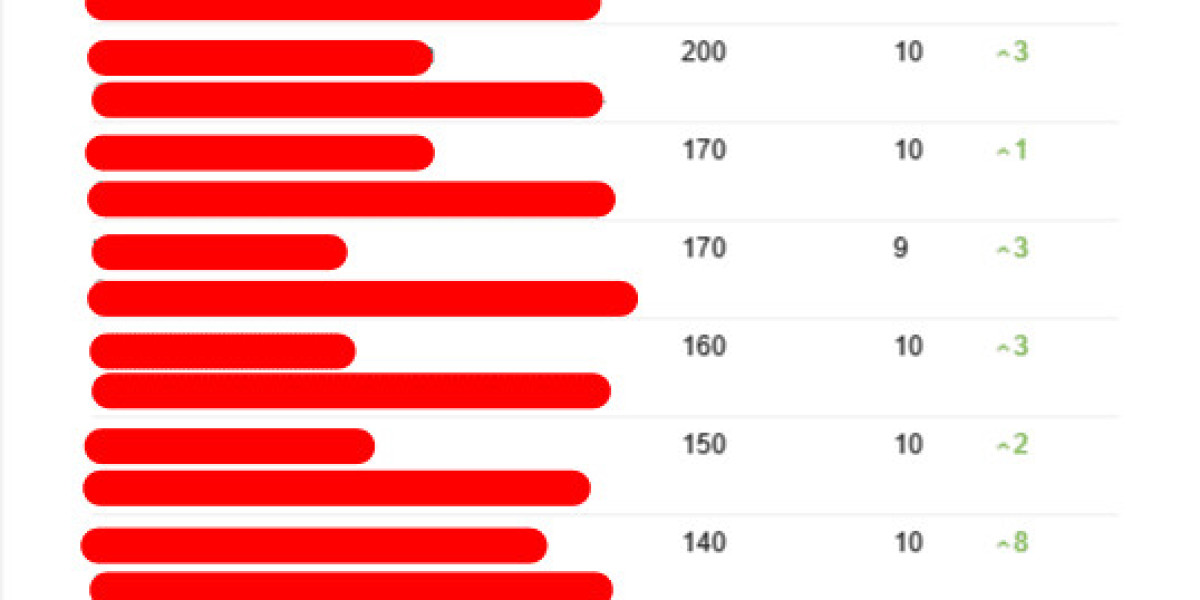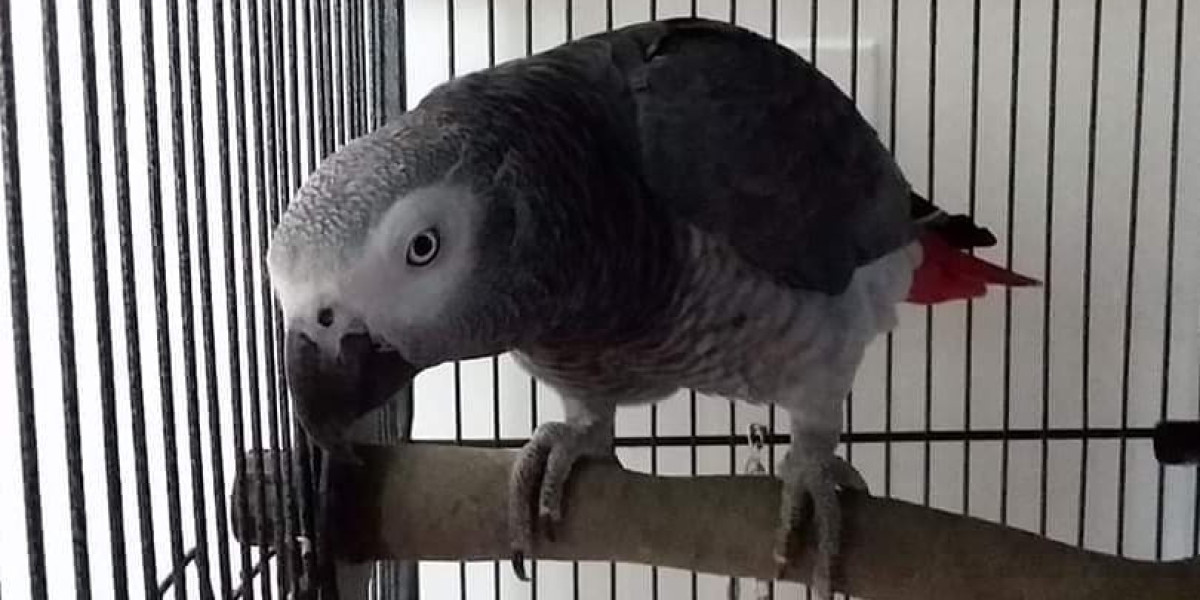Introduction
If you've ever downloaded an embroidery design or tried sharing files between machines, you've likely encountered the PES vs. DST dilemma. These two common formats can make the difference between a perfect stitch-out and a frustrating mess of thread breaks and misaligned elements.
Whether you're a hobbyist working with a home machine or a professional running a commercial embroidery operation, understanding these formats is crucial. Let’s break down the key differences, ideal uses for each format, and the simplest ways to convert between them without losing quality. Using a reliable PES File Converter can help ensure smooth transitions between formats, preserving stitch accuracy and design integrity across different embroidery systems.
The Basics: PES and DST Explained
What is a PES File?
Brother's proprietary embroidery format
Contains:
Stitch data
Color information
Machine settings
Design coordinates
Common versions: PES, PES1, PES2, etc.
What is a DST File?
Tajima's industry-standard format
Contains:
Basic stitch commands
Limited color information (just change codes)
No machine-specific settings
Universally readable by commercial machines
Head-to-Head Comparison
| Feature | PES | DST |
|---|---|---|
| Origin | Brother | Tajima |
| Best For | Home/Hobby Machines | Industrial Machines |
| Color Info | Embeds thread colors | Uses change codes only |
| Machine Settings | Includes specific presets | Generic commands only |
| Editability | Easier to modify | Harder to alter |
| Compatibility | Brother, Babylock, some others | Nearly all machines |
When to Use Each Format
Choose PES When:
✔ Using Brother/Babylock home machines
✔ Need to preserve exact thread colors
✔ Want to edit the design easily
✔ Using machine-specific features
Choose DST When:
✔ Working with industrial machines
✔ Sharing designs with various brands
✔ Need maximum compatibility
✔ Sending to contract embroiderers
Conversion Methods Compared
1. Software Conversion (Best Quality)
Top Programs:
Wilcom TrueSizer (free version available)
Embird
SewWhat-Pro
Steps:
Open original file in software
Select "Save As" or "Export"
Choose target format
Adjust any necessary settings
Save new file
Pros:
Preserves most design elements
Allows editing during conversion
Better stitch integrity
Cons:
Requires software purchase/learning
Slower process
2. Online Converters (Fastest)
Top Options:
MyEditor Online
Embroideres Converter
Convertio
Steps:
Upload file to website
Select output format
Download converted file
Pros:
No software needed
Instant results
Good for simple designs
Cons:
File size limits
Privacy concerns
Less control over output
3. Machine Software (Most Limited)
How It Works:
Many embroidery machines include:
Basic file conversion
Simple format changing
Limited editing
Best For:
Quick fixes
Last-minute changes
Simple designs
Step-by-Step: Converting PES to DST Using Wilcom
Open TrueSizer (free version works)
Import PES File
File > Open > Select your .PES
Review Design
Check for any errors or warnings
Export as DST
File > Save As
Choose .DST from dropdown
Adjust Settings
Set appropriate hoop size
Verify color codes
Save New File
Name appropriately
Store with original
Pro Tips for Flawless Conversions
Before Converting:
Clean up original file first
Note any special elements (sequins, 3D puff)
Check stitch count
During Conversion:
Maintain original size
Preserve underlay stitches
Verify thread color order
After Converting:
Always test stitch
Check for:
Misaligned elements
Missing stitches
Color sequence errors
Common Conversion Problems & Fixes
Problem: Colors Changed
Cause: DST uses color change codes rather than specific colors
Fix: Manually reprogram colors on your machine
Problem: Design Distortion
Cause: Incorrect hoop size during conversion
Fix: Reconvert with proper dimensions
Problem: Missing Elements
Cause: Software incompatibility
Fix: Try different conversion program
Problem: Stitch Quality Issues
Cause: Density/underlay differences
Fix: Adjust settings before reconverting
Future of Embroidery Formats
Emerging Trends:
Cloud-based conversion
AI-assisted optimization
Universal format development
Blockchain design verification
Conclusion
While PES and DST each have their strengths, understanding both formats makes you a more versatile embroiderer. PES offers more features for home machines, while DST remains the lingua franca of commercial embroidery.
Remember these key points:
Always keep original files as backups
Test converted designs thoroughly
Choose conversion method based on your needs
When in doubt, DST offers wider compatibility
With the right tools and knowledge, you can confidently work with either format - ensuring your designs stitch perfectly regardless of the machine.








